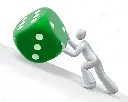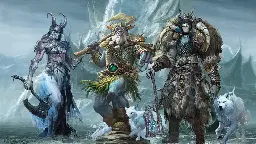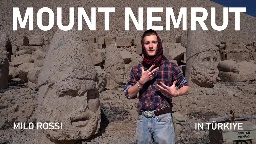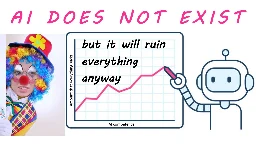Hasbro Executives Report Their Gambling Habit is Under Control, Not Addiction.
 KurtDunniehue @ KurtDunniehue @ttrpg.network Posts 29Comments 63Joined 2 yr. ago
KurtDunniehue @ KurtDunniehue @ttrpg.network Posts 29Comments 63Joined 2 yr. ago

KurtDunniehue @ KurtDunniehue @ttrpg.network
Posts
29
Comments
63
Joined
2 yr. ago
Across the entire panoply of Warlocks patrons, there is incredible variety.
Across the entire panoply of Warlocks patrons, there is incredible variety.
Deleted
Permanently Deleted
Deleted
Permanently Deleted
New Dungeons & Dragons Sourcebook Contains AI Generated Art, with No Promise of Removal
Bigby's Glory of Giants preivew. A practical demonstration of how to use the upcoming book.
UA 6 Playtest Report: Rangers and Rogues are strange bedfellows
UA 6 Playtest Report: Rangers and Rogues are strange bedfellows
UA6 Retrospective: On Paladins, Find Steed, and Rule Specificity.
Deleted
Permanently Deleted
Treantmonk's "Bard Playtest 6 One dnd: A Very Powerful Spellcaster"
Treantmonk: "One D&D Rogue: Yes, it's fantastic"








Sure, but even then it doesn't make a lot of sense that all the different ways that Warlock patrons can present themselves, that they all are great about giving people raw damage potential as a cornerstone of their pact, regardless of how you flavor it.